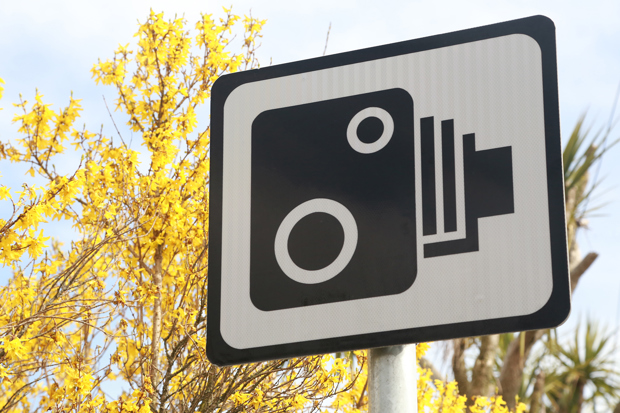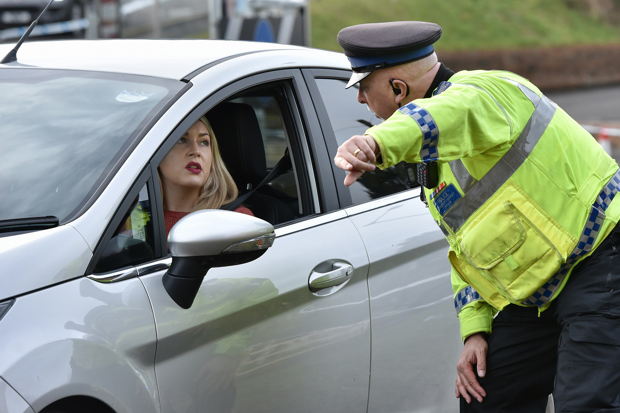Thirtysomething men top list of drivers with penalty points

Drivers aged 30-34 are the most likely to have penalty points on their driving licence in the UK. That's according to a new study by confused.com.
Meanwhile, drivers under the age of 25 are the least likely to have points on their licence.
The research analysed Freedom of Information requests made to the DVLA, revealing that only 0.35% of drivers under 19 years old have penalty points, with 352 points per 100,000 drivers.
Although it is possible that many drivers in this age group hold provisional licences and are yet to pass their tests. Additionally, only 4% of drivers aged 19-24 have penalty points, which is the lowest percentage across all age groups.
In contrast, drivers aged 30-34 are the most likely to have penalty points on their licence, with 6522 points per 100,000 drivers.

The data reveals that drivers aged 32 are the most likely to have points on their licence, with 6615 per 100,000 32-year-old drivers having points on their driver’s licence. Adults and middle-aged drivers are most likely to have points on their licences, with the most common age bracket being 30-34.
The study also looked at the differences between male and female drivers, finding that men are over twice as likely to have points on their licences compared to women. In total, 7.16% of male drivers have points, compared to just 3.19% of female drivers.
The most common penalty offence in the UK is exceeding the statutory speed limit on a public road (SP30), with 2,158,179 offences followed by exceeding the motorway speed limit (SP50) and driving without insurance (IN10).
The study also found that the area with the most drivers likely to have points on their licence is Coldstream, Berwickshire (TD12), with 2141 drivers per 10,000 people having points on their driving licence.
More than 2.66 million drivers have penalty points in the UK.
|
Age |
Drivers with penalty points |
Licence holders |
Drivers with penalty points per 100,000 drivers |
% of drivers with penalty points |
|
Under 19 |
3,955 |
1,123,532 |
352 |
0.35% |
|
19 to 24 |
161,068 |
3,971,932 |
4055 |
4.06% |
|
25 to 29 |
242,676 |
3,938,746 |
6161 |
6.16% |
|
30 to 34 |
292,299 |
4,481,758 |
6522 |
6.52% |
|
35 to 39 |
288,651 |
4,512,363 |
6397 |
6.40% |
|
40 to 44 |
284,569 |
4,485,136 |
6345 |
6.34% |
|
45 to 49 |
274,025 |
4,366,053 |
6276 |
6.28% |
|
50 to 54 |
300,134 |
4,947,529 |
6066 |
6.07% |
|
55 to 59 |
274,601 |
4,980,725 |
5513 |
5.51% |
|
60 to 64 |
201,532 |
4,282,182 |
4706 |
4.71% |
|
65 to 69 |
129,244 |
3,568,016 |
3622 |
3.62% |
|
70 to 74 |
89,688 |
2,386,939 |
3757 |
3.76% |
|
75 to 79 |
65,893 |
1,876,899 |
3511 |
3.51% |
|
80 to 84 |
34,628 |
996,869 |
3474 |
3.47% |
|
85 to 89 |
17,312 |
583,123 |
2969 |
2.97% |
|
90 to 94 |
3,266 |
122,045 |
2676 |
2.68% |
|
95 and over |
306 |
13,995 |
2186 |
2.19% |
Are motorway speed cameras always switched on?


